Amigurumi—small, crocheted or knitted stuffed toys—has evolved from a niche Japanese craft into a global phenomenon, captivating the hearts of crafters and collectors alike. Rooted in Japan’s love for kawaii (cuteness) and meticulous artistry, these charming figures reflect more than just creative skill; they embody a playful, soothing aesthetic that resonates with people of all ages. From whimsical animals like chubby cats and smiling octopuses to humanoid dolls with oversized heads and tiny limbs, amigurumi offers endless possibilities for personalization.
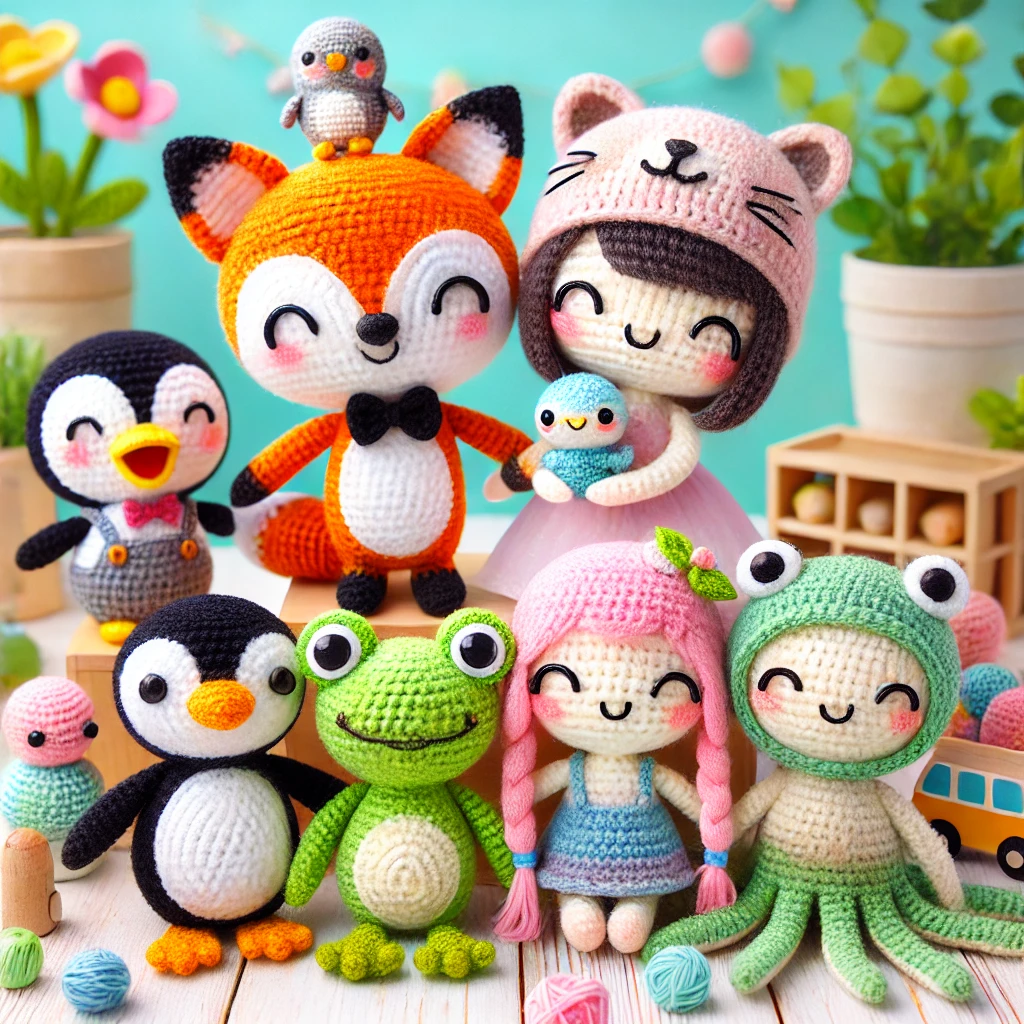
In this blog, we’ll dive into the origins of amigurumi, explore the artistry behind its unique designs, and trace how it grew from a local Japanese trend into a worldwide movement. We’ll also look at modern trends, such as DIY kits, pop culture influences, and its connection to mindfulness, while highlighting the importance of online crafting communities in fostering the art’s global popularity. Whether you’re an experienced maker or simply intrigued by these delightful creations, join us as we explore the world of amigurumi—where every stitch tells a story, and every figure sparks joy.
Amigurumi, a combination of “ami” (編み, knitting/crocheting) and “nuigurumi” (ぬいぐるみ, stuffed doll), is the Japanese art of crocheting or knitting small, stuffed creatures. Below is a detailed look at its origin, evolution, and global influence, along with emerging trends.
1. Origin & History
Amigurumi is thought to have evolved from Japan’s broader textile culture, but its specific roots are tied to the rise of handicrafts post-WWII:
- Early Inspiration: Western crochet and knitting techniques were introduced to Japan during the Meiji era (late 19th century). However, it wasn’t until the 1950s–60s that handmade crafts became widely popular as Japan’s economy grew.
- Teddy Bears & Western Toys: Amigurumi was also influenced by Western stuffed animals, such as teddy bears, which were imported to Japan. This inspired crafters to develop kawaii (cute) doll forms with a local twist.
- 1980s Boom of Kawaii Culture: The concept of “kawaii,” or the obsession with cuteness, exploded during this period. Amigurumi’s emphasis on miniature, soft, and cute designs fit perfectly into this cultural trend.
2. Artistry & Technique
Amigurumi stands apart from typical crochet in its focus on shaping. It often involves making seamless pieces and sewing them together to create dolls. Here are some key artistic elements:
- Materials: Uses soft yarn, usually acrylic or cotton, and safety eyes for expressive faces.
- Construction: Typically made with circular crochet, each part (head, limbs, body) is crocheted separately and stuffed with fiberfill before being stitched together.
- Simplicity & Charm: Unlike lifelike figurines, amigurumi relies on simple shapes (e.g., oversized heads, small bodies) to evoke an innocent, childlike appearance.
- Character Customization: From animals to humanoid dolls, customization allows creators to reflect personal interests or popular trends.
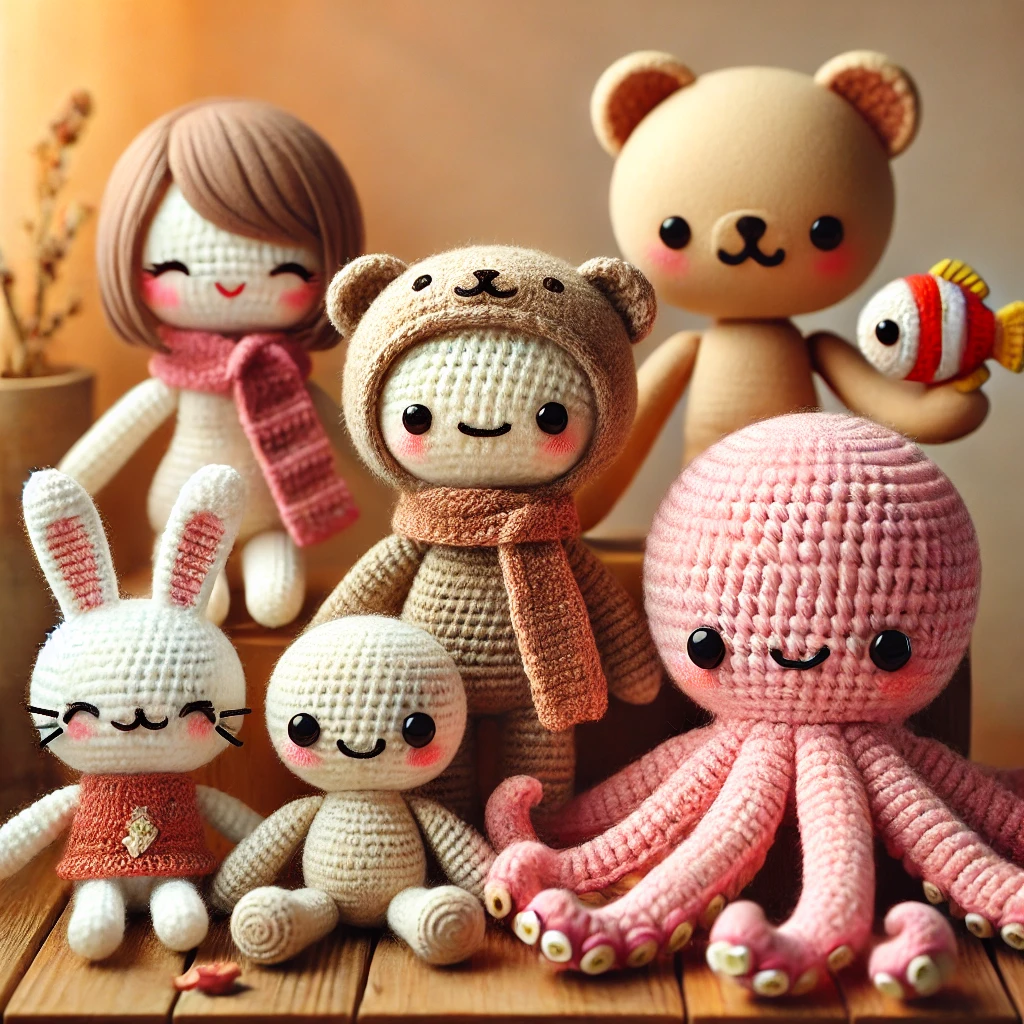
3. Trends and Modern Adaptations
Amigurumi has adapted well to changing trends and cultures, gaining new relevance globally. Key trends include:
- Humanized Designs: Beyond traditional animals, crafters now create humanoid characters—small figures resembling humans, such as chibi anime characters, historical figures, or fantasy creatures.
- Pop Culture Influence: Amigurumi has embraced trends from anime, manga, and video games (e.g., Pokémon characters, Studio Ghibli creatures, and even superheroes).
- DIY Kits and Online Communities: The rise of DIY culture has led to the production of crochet kits. Social media platforms, like Instagram and Etsy, provide a thriving marketplace and a hub for ideas.
- Cottagecore & Handmade Revival: Amigurumi has found a home within movements like cottagecore, which emphasize handcrafted, cozy aesthetics.
- Mindfulness and Relaxation: The repetitive action of crocheting is seen as a therapeutic hobby, contributing to its popularity during the COVID-19 pandemic.
4. Amigurumi’s Global Popularity
The spread of kawaii culture and Japanese crafts has driven amigurumi’s appeal outside Japan:
- North America and Europe: Handmade culture and Etsy have driven its success, especially among those who enjoy slow crafts.
- Latin America: Particularly popular among makers in countries like Argentina and Mexico, where crafting communities thrive.
- Russia and Eastern Europe: Amigurumi artists from these regions often put a unique spin on designs, focusing on intricate dolls with fine detailing.
- Social Media Platforms: Pinterest, Instagram, and YouTube have made patterns, tutorials, and communities accessible worldwide, accelerating the craft’s global growth.
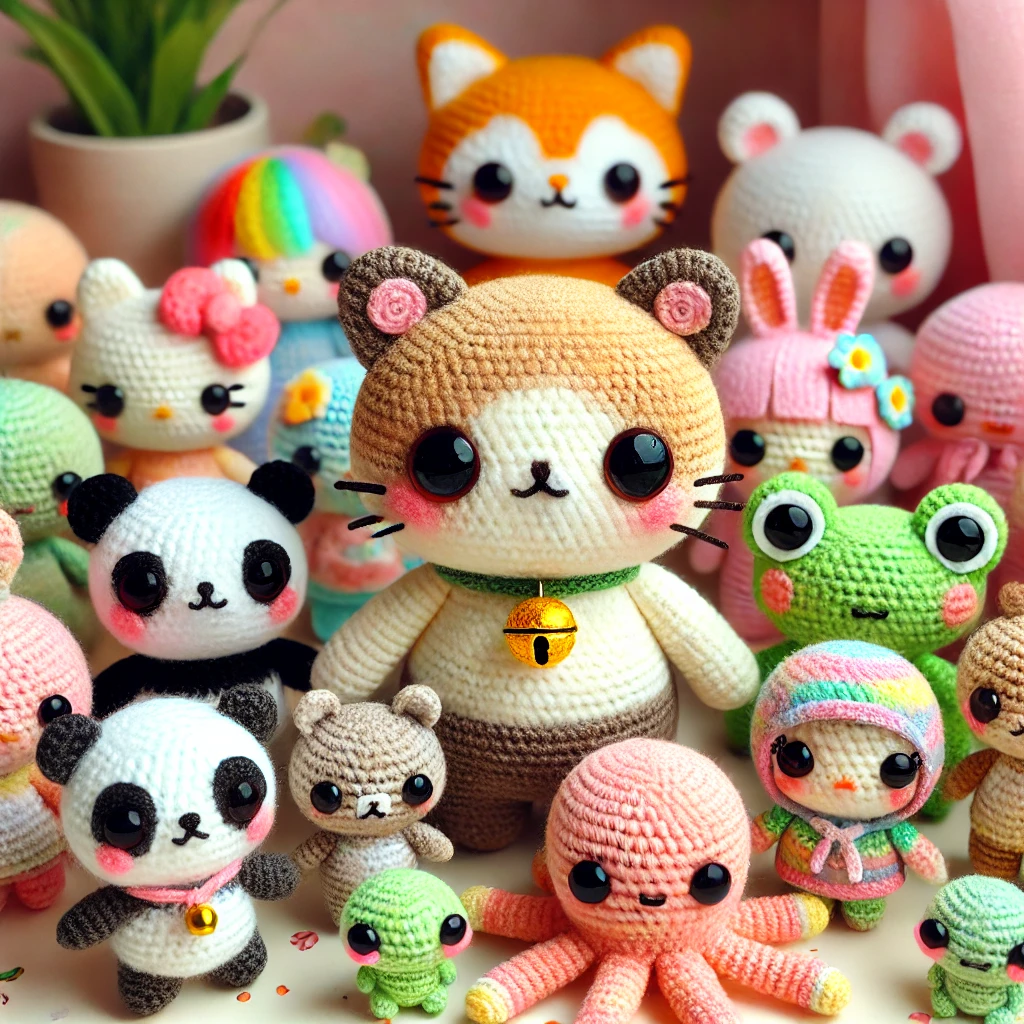
5. How Amigurumi Differs from Other Crafts
- Focus on Cute Aesthetics: Compared to Western doll-making, amigurumi prioritizes cuteness and minimalism over realism.
- Yarn-Based Sculptures: It is more akin to sculpture than traditional crochet, given the emphasis on shaping.
- Incorporates Japanese Design Philosophy: Like many Japanese crafts, amigurumi emphasizes simplicity, charm, and attention to detail.
Conclusion
Amigurumi is not just a craft but also a cultural phenomenon that reflects Japanese values like minimalism and cuteness. Its therapeutic nature, customization potential, and adaptability have allowed it to transcend borders, evolving into an art form celebrated by communities across the globe. As trends change, amigurumi continues to grow, bringing a sense of nostalgia and joy to makers everywhere.
Gift Your Love ones especially kids Amigurumi toys, links to few suggestion that I prefer for my kids and toddlers:-

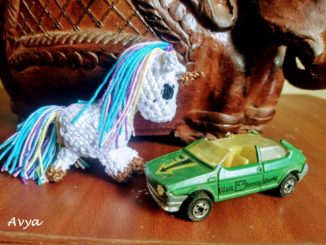

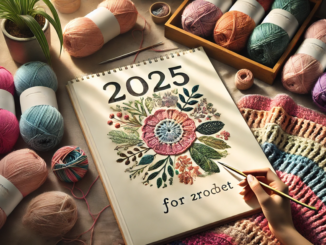
Be the first to comment